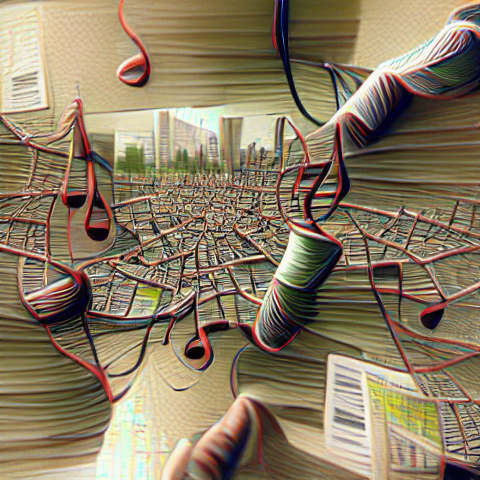Got the idea of using sentences from @qntm's "Fine Structure" qntm.org/structure as input to VQGAN+CLIP. "It's like billion-voice music. The cities here are woven from constantly singing superstrings." 

"A skyscraper whose ground floor is a human being but every other floor is filled with oozing alien organs and weird multidimensional sensors and wriggling feely things scraping against the metaphorical glass." 

"'Oul' is the closest approximation in human language of the name of a cosmic eighty-plus-six-dimensional hyperweapon which fell out of the control of its creators." 

"An automated network of space stations distributed over an oblate hemihyperspheroid of 4-space centred on Earth +1, eight light years in diameter and fourteen universes tall." 

"There are pan-stellar civilisations. There are pan-universal civilisations. There are uplifted humanities crawling up the pillars of the Structure towards Upsilon layer, for whom Multiverse One was just the cradle." 

• • •
Missing some Tweet in this thread? You can try to
force a refresh















